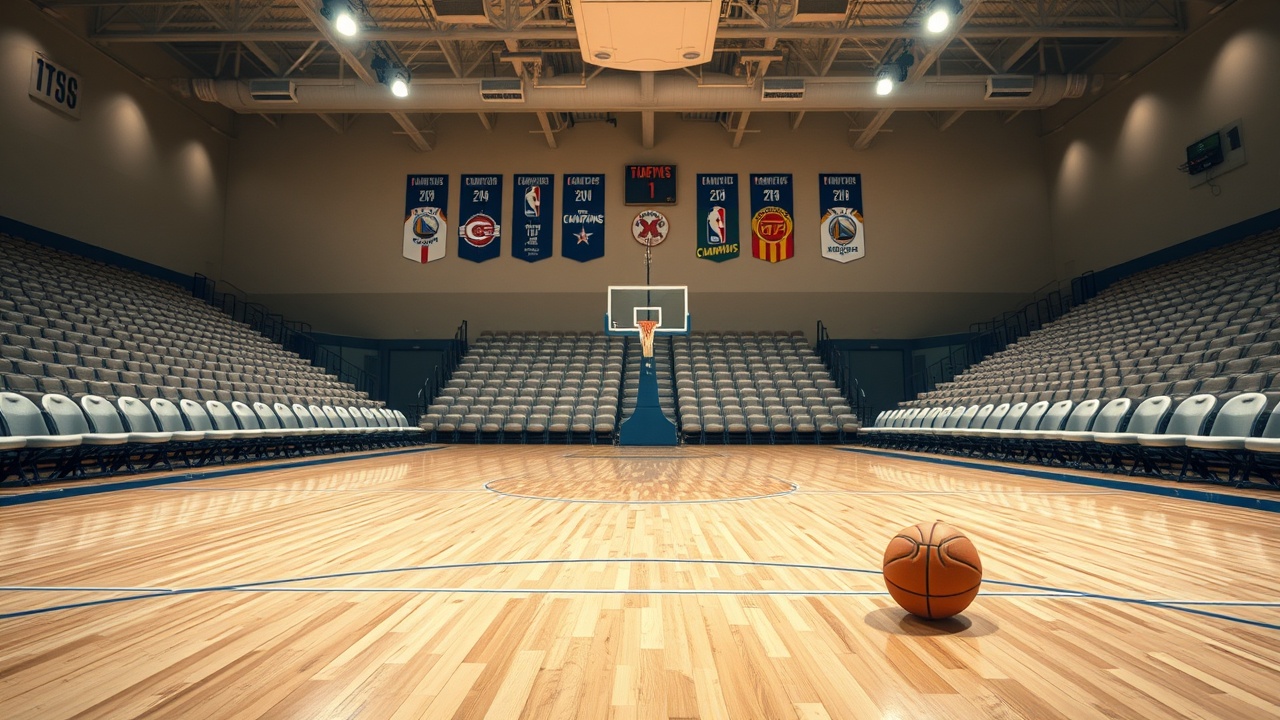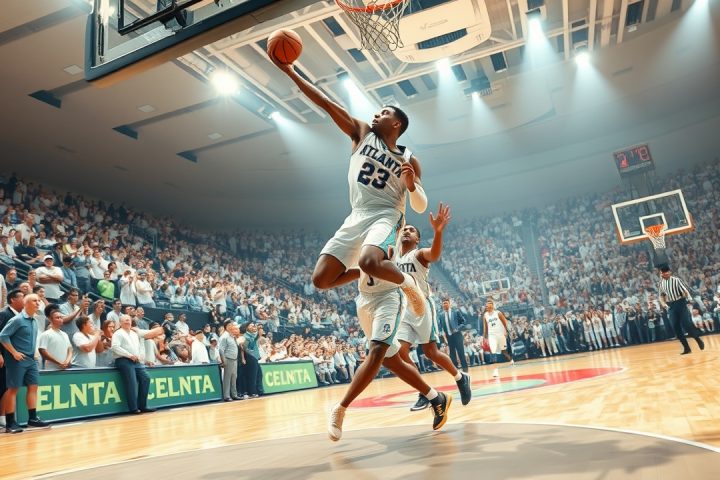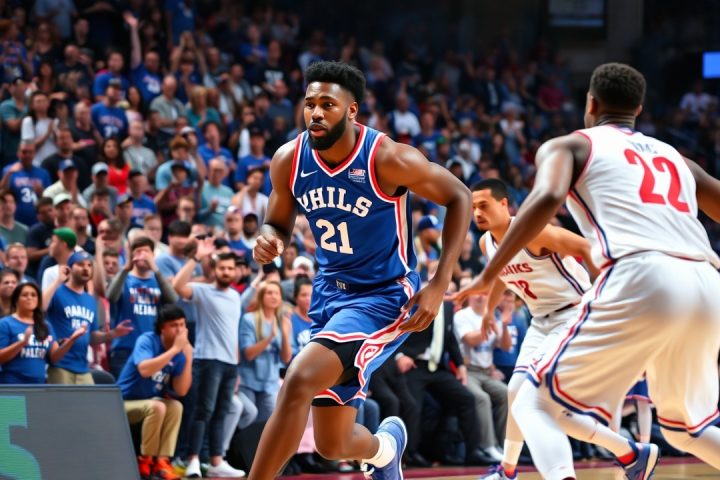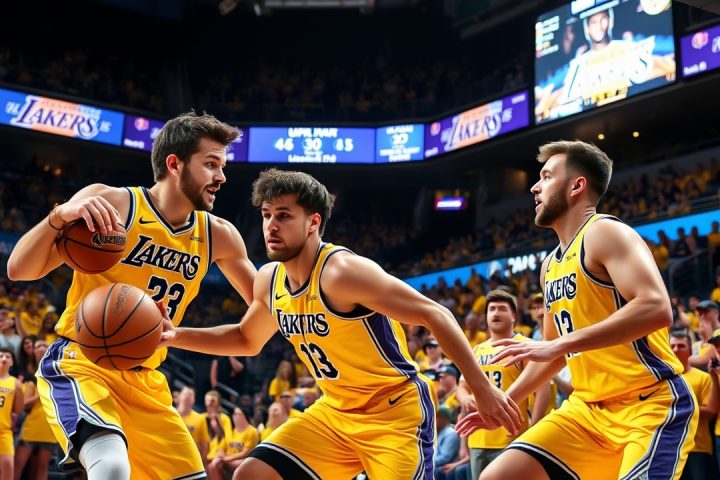The Transformation of NBA Free Agency
The landscape of the NBA’s free agency has undergone a significant transformation, leaving behind the thrilling spectacle that once defined its summers. The change is largely attributed to a stringent collective bargaining agreement (CBA) that has altered how teams and players approach the offseason, leading to a quieter free agency period compared to previous years.
Shift in Focus
Gone are the exhilarating days of early July, when franchises would eagerly position themselves for a chance to sign star players. Now, the focus has shifted back to actual gameplay, as the league discourages player movement in favor of stability. The current CBA incentivizes superstars to remain loyal to their respective teams, while limited salary cap space across the league has stifled the potential for major trades and signings.
Comparative Analysis of Free Agency
For instance, the only team this summer to enter the offseason with the capacity to offer a maximum contract was the Brooklyn Nets, a notable contrast to the frenzy of 2019 when numerous teams were actively creating cap space. That year saw an explosive array of moves, including Kevin Durant and Kyrie Irving joining forces on the Nets, and several marquee players like Kawhi Leonard, Anthony Davis, and Jimmy Butler changing teams.
Many believe that 2019 marked a turning point in the NBA’s operational dynamics. However, the pandemic’s aftermath forced teams to reevaluate their financial strategies, culminating in the implementation of the most restrictive CBA to date, impacting player mobility.
Recent Moves and Their Implications
This past week, the most notable move was Myles Turner’s shift from the Indiana Pacers to the Milwaukee Bucks. Interestingly, Turner has yet to receive an All-Star nod, reflecting the shift in marquee transactions. The Bucks made this move by first waiving Damian Lillard, absorbing the hefty remaining sum of his contract, underscoring the influence of their owner, Jimmy Haslam, in managing complex financial situations akin to those faced with the Cleveland Browns and quarterback Deshaun Watson.
While other significant deals, like Kevin Durant’s recent trade, and the uncertain future of star Giannis Antetokounmpo in Milwaukee, hint at ongoing potential for major trades, these movements are no longer the norm come early July. The second-apron restrictions faced by teams like the Phoenix Suns have drastically reshaped roster construction strategies and the urgency around trades.
The Quiet Offseason Trend
The trend has steadily leaned towards a quieter approach in the offseason. Last year’s key player movements involved seasoned veterans like DeMar DeRozan and Klay Thompson, while Fred VanVleet emerged as the standout free agent this year. Jalen Brunson’s move to the New York Knicks in 2022 also highlights how the big player exchanges have dwindled.
As negotiations continue and the dynamics shift between player power and ownership control, it’s evident that the league has tilted back towards a model that favors owners. What once set the NBA apart during this season has instead been replaced by a subdued atmosphere, reminiscent of soft jazz, leaving fans longing for the explosive excitement of yesteryears in July.




